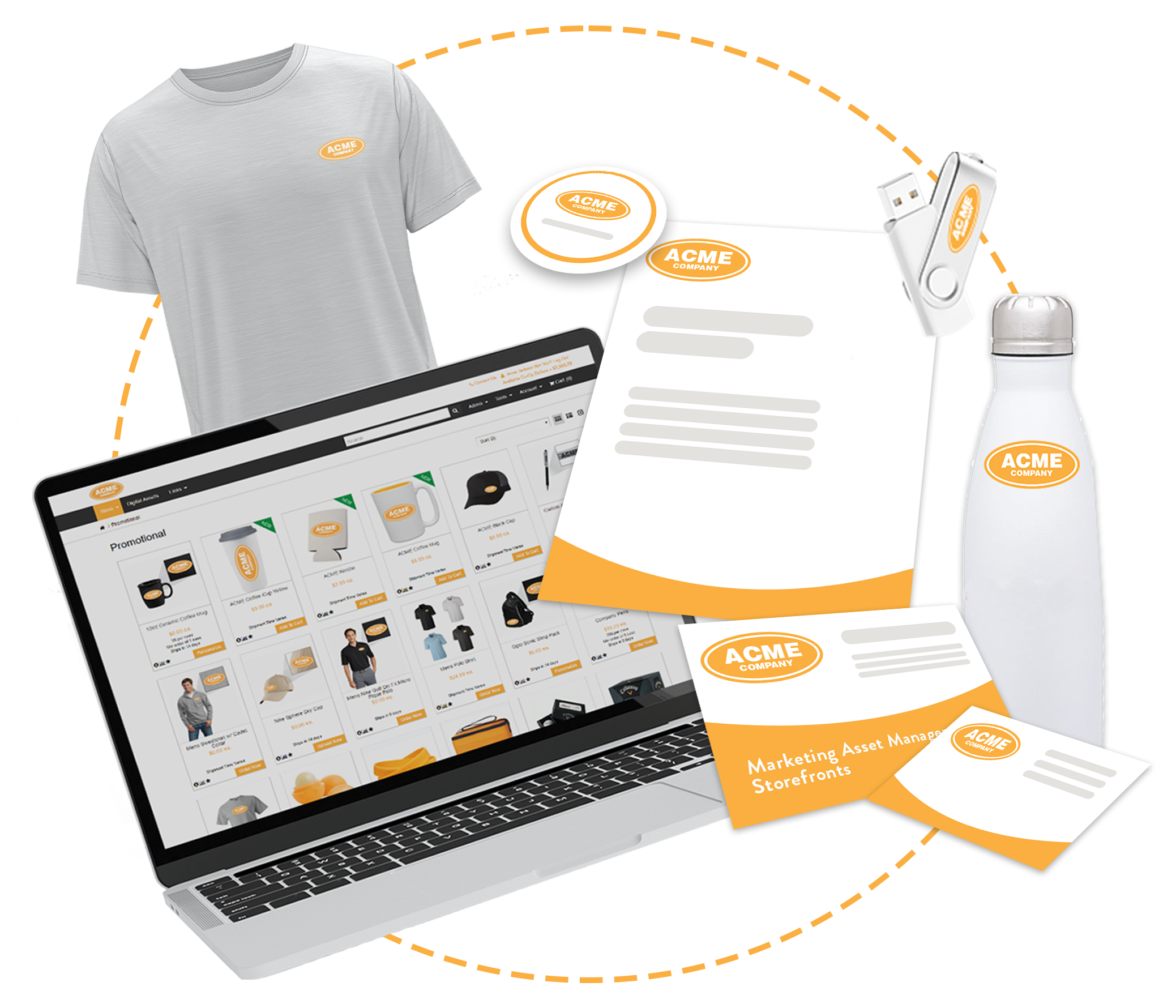Case Analyses: Proven Adoptions of Web-based Print Applications
Within today’s fast-paced digital landscape, web-to-print solutions has emerged as a game changer for the printing industry. This innovative technology is being changing how print shops and businesses approach their processes, allowing them to offer custom , tailored services to their customers in methods that were not available before. Starting with streamlining order management to improving the overall customer experience, these options are revolutionizing the print sector by rendering it more efficient and more accessible.
While we explore various case studies showcasing effective uses of web-to-print, we will explore the key advantages that such solutions provide. Through recognizing the critical features to consider and the differences between web-to-print and traditional printing techniques, print shops can position themselves for prosperity. This piece will highlight actual examples of how businesses have successfully harnessed this technology to enhance their workflows, reduce costs, and scale their businesses, all while meeting the growing demand for personalized products in the marketplace.

Grasping Web2Print Solutions
Web to Print software is a powerful resource that simplifies the print production process by enabling users to submit orders via the internet. This innovation allows production service providers to build an efficient and intuitive platform in which users can personalize their printing orders, upload files, and oversee their requests effortlessly. By bridging the chasm between e-commerce and traditional printing, Web2Print solutions are transforming into essential for current print service providers seeking to boost their service offerings.
The growth of digital commerce has transformed customer expectations, with consumers increasingly looking for ease and personalization. Web to Print software meets these demands by delivering tools such as web-based design applications, order tracking systems, and robotic workflow management that enhance the complete user experience. This platform not just allows clients to personalize their purchases but also allows printing businesses to coordinate orders, track manufacturing, and hold precise stock in actual time.
As the publishing sector proceeds to advance, grasping the key elements and capabilities of web-to-print solutions is important for organizations that intend to stay relevant. Elements such as effectiveness, tailoring, and connection with online sales platforms define the success of these solutions. The appropriate Web2Print solution can enable print shops to satisfy purchases faster, reduce costs, and ultimately boost client happiness while paving the way for upcoming expansion in a quickly evolving context.
Benefits and Features of Web-to-Print
Web-to-print solutions delivers substantial advantages which enhance processes for printing businesses and organizations. https://notes.io/wXcwV of the main benefits is the capability to improve order management and workflow efficiency. By automating processes, businesses can reduce human errors and remove hold-ups, thereby accelerating turnaround times and improving customer satisfaction. With built-in tracking and management features, businesses can readily manage the purchase lifecycle from submission to delivery, guaranteeing a seamless process for both staff and employees and clients.
Customization and tailoring are at the heart of online printing systems, enabling clients to tailor products to their individual needs. This capability not only enables customers but also opens up new revenue streams for companies by allowing them to offer tailored products such as branded merchandise and personalized prints. Additionally, features like VDP allow for focused marketing efforts, increasing the effectiveness of marketing materials and enhancing customer engagement.
Moreover, adopting online printing software can lead to significant cost savings. By moving towards a more efficient and effective process, print shops can cut excess and lower operational costs. Cloud technologies offer further advantages, such as flexibility and lessened need for extensive technology support. These features make it more feasible for companies to adjust to industry shifts, innovate their product lines, and remain competitive in an constantly changing market environment.
Incorporation and Emerging Trends in Web-to-Print
The integration of Web-to-Print software with online shopping platforms is a revolution for the print industry. As businesses increasingly move online, the ability to effortlessly connect print solutions with e-commerce systems enables a fluent ordering process. Print shops can enhance their customer experience by offering personalized products, with users easily uploading their designs or choosing from customizable templates. The ease of managing print orders straight from an online store not only simplifies operations but also attracts to a digitally adept consumer base.
Looking ahead, several developments are influencing the future of Web-to-Print solutions. The incorporation of AI and ML technologies promises to streamline workflows, reduce errors, and provide deeper insights into customer preferences. These innovations allow print service providers to offer more flexible and agile services while adapting quickly to market demands. Furthermore, the rise of mass customization will enable consumers to dictate more personalized experiences, compelling print businesses to investigate creative offerings that cater to individual tastes.
Eco-friendliness is increasingly becoming a focus for consumers and businesses alike, influencing the evolution of Web-to-Print technologies. Solutions that emphasize sustainable practices, such as reducing waste and using environmentally friendly materials, will become popular. As more companies focus on green initiatives, those that successfully integrate sustainability into their online printing workflows will not only meet customer expectations but also position themselves as leaders in a rapidly changing industry landscape.